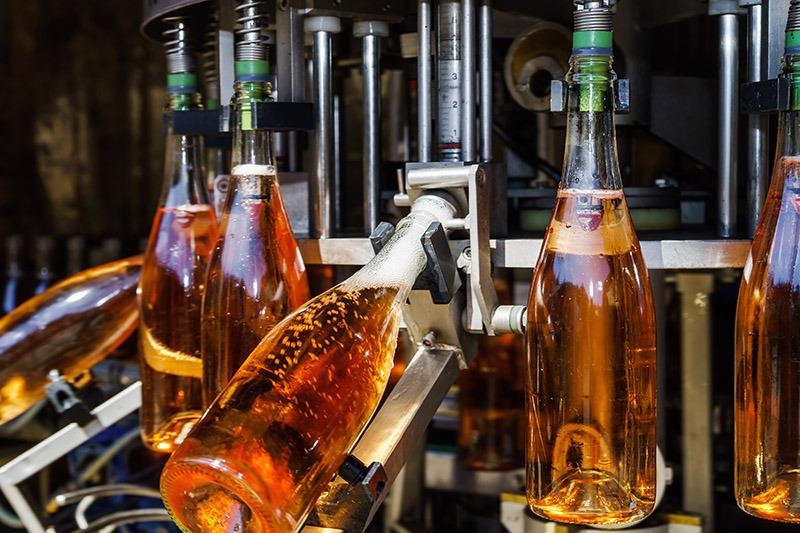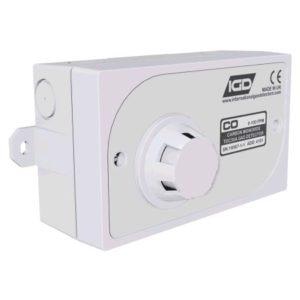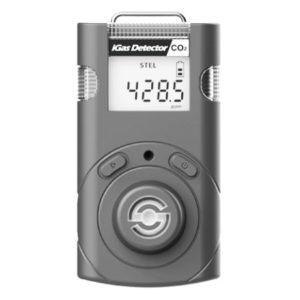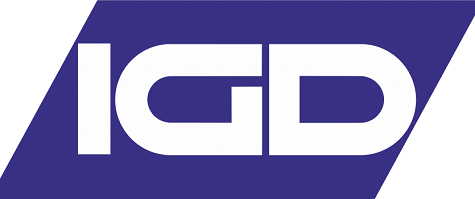Gas hazards present themselves in numerous parts of the drinks industry. The risks range from carbon dioxide employed in the carbonation of soft drinks to the array of hazardous gases produced during the fermentation and distillation of alcoholic drinks.
These gases may either be essential processing aids or unwelcome by-products. In both cases, it is imperative that they are accurately monitored using gas detectors to identify potential risks and ensure the safety of drinks industry personnel.
Gases in the drinks industry can be divided into three broad categories:
- Processing aids – gases that produce necessary technical effects during processing or storage
- By-products – unwanted gases which are unavoidably produced during a drink’s production
- Additives – gases that may be added to enhance or alter the properties of a drink
Between them, these gases present risks of flammability, toxicity, and asphyxiation.
Additives
As the basis for the carbonation of drinks, carbon dioxide remains the most prominent gaseous additive in the drinks industry. The carbonation process involves dissolving carbon dioxide in drinks at high pressure so that small bubbles of carbon dioxide are formed when the beverage container is opened at atmospheric pressure.
While not typically regarded as being toxic, carbon dioxide can be a dangerous toxic gas hazard with the potential to cause a number of health issues, including dizziness, headaches and even loss of consciousness at higher concentrations.1
Nitrogen is often utilized in a similar capacity to enhance beers and coffee through the addition of a creamy texture and head. Nitrogen is non-toxic and makes up approximately 71% of breathable air, but as an inert gas, it is still regarded as an asphyxiation hazard.

Champagne producing and bottling in Alsace, France. Small wine-producing business. Image Credit: International Gas Detectors Ltd
Processing Aids
Carbon dioxide and nitrogen are also employed as ‘headspace flushing’ gases in order to fill the ‘empty’ space in a beverage container.2 When used in this way, these gases help prevent the beverage from spoiling or oxidizing while still allowing for thermal expansion.
Asphyxiation from nitrogen and the risks associated with the toxic effects of CO2 are of particular concern at drinks bottling or packaging plants.
By-Products
A significant number of hazardous gases are produced as by-products in the drinks industry, principally in the production of alcoholic drinks. Wineries, breweries and distilleries all produce carbon dioxide as sugars ferment into alcohol.
Distilleries also produce other hazardous gases; for example, sulfur dioxide is a toxic gas that is produced during the malting process. Flammable vapors are also produced by distillation, whereby alcohol is evaporated from the solution before being condensed to create strong alcoholic spirits.
Gas hazards are prevalent in the drinks supply chain up until the point of service, with nitrogen and carbon dioxide routinely being employed as dispense gases in bars and pubs. Storage cellars in these establishments are typically poorly ventilated, resulting in these gases posing an incredibly high asphyxiation risk.
It should be noted that carbon dioxide poses a toxic effect prior to asphyxiation, necessitating the use of a detector specific to carbon dioxide.
The Importance of Monitoring Gas Hazards in the Drinks Industry
Accidents and fatalities can and do occur in the drinks industry as a result of gas hazards. Every gas mentioned in this article (with the exception of nitrogen) is subject to regulated toxicity or flammability limits.
For example, safe workplace exposure limits are codified in the UK by the Health and Safety Executive (HSE) and are found in the documentation for the Control of Substances Hazardous to Health (COSHH).3
Drinks manufacturers, bottling plants and bar/pub cellar owners must monitor the atmosphere for hazardous gases in order to ensure the safety of personnel and demonstrate compliance to legislative limits or approved codes of practice.
A suitable gas detection system is, therefore, a key component of any risk mitigation strategy for organizations working in the drinks industry.
Gas Detection Solutions for the Drinks Industry
Gas detectors are generally fixed or portable personal units that will continually monitor given areas. Common target gases in the drinks industry include sulfur dioxide, carbon dioxide, and flammable hydrocarbons (CxHx).
It is also advisable to monitor oxygen levels in many applications. While excess oxygen levels are not typically an issue in the drinks industry, monitoring oxygen levels is the easiest means of protecting against inert, asphyxiation hazards. Oxygen monitors from IGD can provide both enrichment and depletion alarms.
IGD portable gas detectors offer an extra level of protection for personnel in the drinks industry, particularly delivery drivers, service workers and plant staff. The iGAS CO2 is an ideal, lightweight and user-friendly portable CO2 monitor while the MGT-P confined space monitor provides clients with reliable flammable gas and oxygen depletion personal alarms.

Pictured. TOC-750 Safe Area Addressable Gas Detector. IP54 and sensor options for over 400 gases and vapours. Image Credit: International Gas Detectors Ltd
Portable gas detectors only monitor the worker’s immediate surroundings and while this is important – particularly in confined spaces or environments where gas hazards may be unpredictable– a portable system can only alert the worker if ambient levels of target gases close to them exceed a certain threshold.
Portable detectors can only provide the last line of defense against gas hazards because the worker must be in the midst of the hazardous gas for the portable detector to detect it.
Portable detectors alone are not enough to ensure safety in instances where a worker may enter an area with an already high concentration of hazardous gas – instead, a fixed system should be used.

Pictured. iGAS Personal CO2 Monitor. 14 day battery run time and IP68. Purchase online today. Image Credit: International Gas Detectors Ltd
IGD’s fixed gas detection solutions are well suited to use in wineries, breweries, distilleries, bottling plants and any other manufacturing facilities in the drinks industry. Fixed systems are also an ideal solution for bar/pub cellar environments.
The company’s proprietary 2-wire addressable technology affords it a considerable advantage over standard 4-20 mA or addressable systems, significantly limiting the amount of wiring needed and reducing installation costs by up to 70%.
IGD also offers the industry’s longest warranty period - 10 years on its leading fixed gas detection equipment. This extended warranty period and long life 5 year+ CO2, oxygen, and flammable gas sensors combine to provide an industry-leading, robust and extremely reliable gas detection solution.
In order to ensure a comprehensive gas safety solution is in place, it is advisable to utilize both portable and fixed gas detection systems within drinks industry applications.
Gas Detection Expertise from IGD
IGD has over a century of experience in the gas detection industry, allowing the company to understand the range of distinct challenges facing different industries.
A comprehensive range of support services are available for any gas detection solution. These range from consultancy and specification though to installation, ongoing maintenance and training solutions.
References
- General hazards of Carbon Dioxide. https://www.hse.gov.uk/carboncapture/carbondioxide.htm.
- Headspaces | Cetie. https://www.cetie.org/en/headspaces_4_78.html.
- GREAT BRITAIN: HEALTH AND SAFETY EXECUTIVE. WORKPLACE EXPOSURE LIMITS (2020). https://www.hse.gov.uk/pubns/priced/eh40.pdf

This information has been sourced, reviewed and adapted from materials provided by International Gas Detectors Ltd.
For more information on this source, please visit International Gas Detectors Ltd.